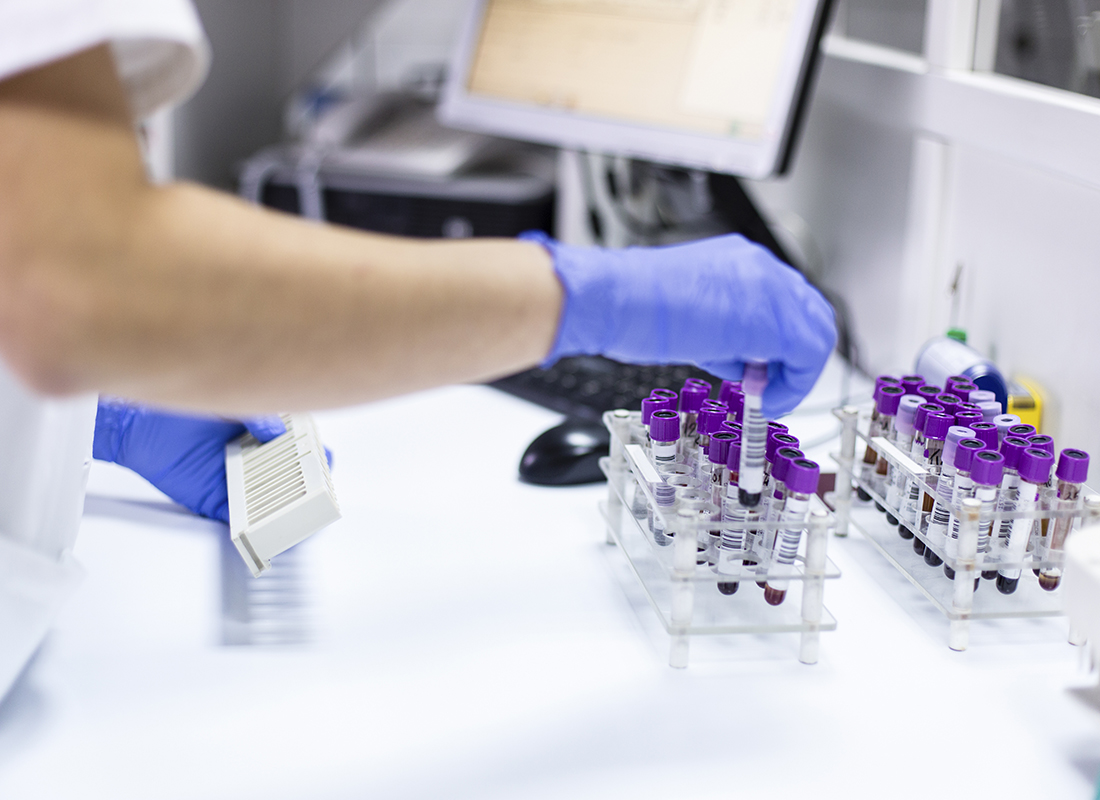Six Sigma Can Help Monitor New CLIA Proficiency Testing Changes
A PT update went into effect on January 1, focusing on revised acceptance limits, among other modifications

On January 1, 2025, changes took effect to proficiency testing (PT) requirements under the Clinical Laboratory Improvement Amendments of 1988 (CLIA), including acceptance limit adjustments.
Six Sigma—an approach that seeks to reduce errors in business processes, such as those in clinical laboratories—can be a vital tool to monitor these newly minted PT changes, notes Gilles Attipoe, director of laboratory services at Saint Peter’s University Hospital in New Brunswick, NJ.
“In 2025, the CLIA PT limits, especially for chemistry, are becoming tighter,” Attipoe says. “Previously, acceptable performance on a proficiency test would be pure mean plus or minus 20 percent. In 2025, it’s going to be pure mean plus or minus 15 percent or plus or minus 10 percent [for many tests], so the windows of acceptability are becoming narrower.”
Brief rundown of CLIA PT changes
The U.S. Centers for Medicare & Medicaid Services published the revisions under a final rule in 2022, but the agency gave labs time to prepare for the implementation.
In broad strokes, the final rule’s provisions include:1
- Additions and deletions of analytes that require PT,
- updates to the criteria for acceptable performance, and,
- changes to PT referral requirements.
The Joint Commission and College of American Pathologists announced their inspectors are ready to review PT requirements as reflected by the January 1 changes.

Six Sigma as a tool for CLIA PT
Six Sigma assigns levels to designate an organization’s ability to reduce workflow errors. The Six Sigma Institute outlines these Sigma quality levels:2
- Six Sigma processes—the most efficient level—yield just 3.4 defects per million opportunities (DPMO)
- Five Sigma produces 233 DPMO
- Four Sigma gives 6,210 DPMO
- Three Sigma yields 66,807 DPMO
- Two Sigma produces 308,537 DPMO
Attipoe—who spent 2024 reviewing Six Sigma data related to test performance in his lab—sees pre-analytical and post-analytical PT aspects that Six Sigma can help with.
Six Sigma in pre-analytical work
“Six Sigma allows us to look at how our assays are performing before we even run the proficiency test,” Attipoe says. “That way, we immediately reduce the risk of us potentially failing that proficiency survey testing.”
For example, if an assay shows a Three Sigma quality level, a lab should run troubleshooting ahead of any PT activity.
Six Sigma in post-analytical work
Six Sigma data can also help review PT results. For example, if an assay fails its proficiency testing, the lab can use its data to look back at test performance.
If the assay performed at a high Sigma level before PT, “That means there was probably an issue with the sample material itself: how it was handled [or] what it was exposed to,” Attipoe says. “It’s likely not the instrument nor the reagent—it points more towards external factors that may be influencing poor performance on that proficiency testing.”
Review January 1 revisions
With the January 1 changes now in effect, labs should carefully review CLIA’s updated PT requirements. Lab managers should consider using tools and data that can ease the transition to the CLIA revisions.
Given the influence of compliance mandates for clinical labs, Six Sigma “offers us avenues to be able to meet these new, tightened standards that CLIA is setting forth,” Attipoe concludes.
References:
Subscribe to view Essential
Start a Free Trial for immediate access to this article